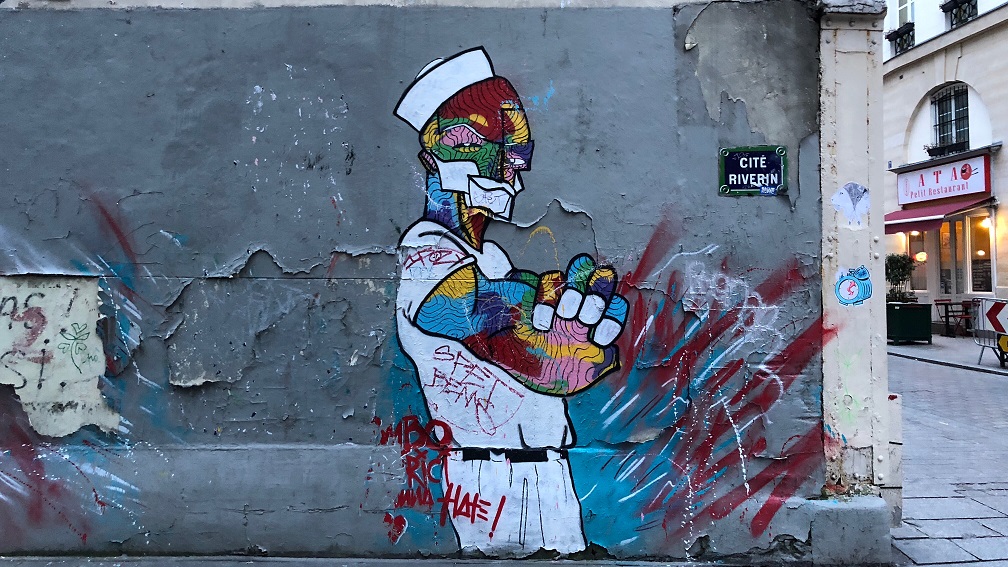Anje Müller Gjesdal (OWRI Fellow in Languages and Communities 2018) argues that narratives of exile and migration can change the way we think about Modern Languages.
Migration, globalisation and various forms of mobility are increasingly shaping the world around us, and Modern Languages is a key discipline in informing the cultural knowledge and intercultural fluency necessary to address this changing world. Demographic changes in the workforce and community, and societal phenomena such as the so-called refugee crisis are increasingly reflected in films, novels and visual art which draw on translingual practices and provide rich material for teaching and research in Modern Languages – as well as being interesting aesthetic documents in their own right.
At a time when Modern Languages disciplines are seeing cutbacks and downsizing all over Europe, UK research projects such as the OWRI project Cross-Language Dynamics: Reshaping Community and Transnationalizing Modern Languages are inspiring examples for researchers in other countries. I had the privilege of spending the month of February 2018 working with colleagues at the Institute of Modern Languages Research as recipient of an OWRI Languages and Communities fellowship. Coming from a Scandinavian context, where national and monolingual frameworks are still very much the norm for teaching and research in Modern Languages, engaging with the UK experience has been inspirational.
My research focuses on literary representations of translingual practices in the context of migration and exile through a case study of Abdellah Taïa’s novel Une mélancholie arabe (2008). Taïa, a Moroccan author who lives in Paris and writes in French, is an excellent example of the many contemporary writers whose work centres on exile, migration and linguistic identity. Une mélancholie arabe thematizes gender, sexuality and the experience of exile through the story of a young man who journeys from Morocco to Paris to become an artist.
In Une mélancholie arabe translingual practices are exemplified partly by the insertion of Arabic words, but more importantly by the recurrent use of intertextual strategies which facilitate the meshing of cultures and places, such as citations of pop music, classical Arab poetry and films, which results in the representation of an Arab and cosmopolitan identity fluctuating between Europe and the Arab world. In addition, the use of place names and proper names referencing the Arab context recur throughout the text, and they too play an important role in the textual representation of mobility, emotion and identity in Taïa’s novel. In my research, I hypothesize that these intertextual strategies constitute a form of translingual practice, which creates a hybrid space through reference to the “home” culture and the place of arrival, as well as to the space of transition or “in-between”.
Multilingualism, or translingual practice, has become a booming research field in recent years, and reflects the experience common to everyone when learning and teaching languages, as well as the reality of living in an increasingly transnational world. Literary representations of the translingual in contemporary narratives of exile and migration provide a fascinating window into this practice. Functioning aesthetically in permitting the artistic representation and reworking of transnational lives, and the embodiment of emotions and memories created by the experience of migration and exile, these narratives provide an important stimulus to the ongoing reconsideration of teaching and research in Modern Languages. They may ultimately help us to rethink the traditional national and monolingual focus of Modern Languages, reorienting towards a more accurate representation of target language areas while reflecting the multilingual lives of language students.
Dr Anje Müller Gjesdal, Associate Professor in French Language, Østfold University College, Norway.
image: Paris Street Art 015 by Joan (flickr: joanbrebo)

